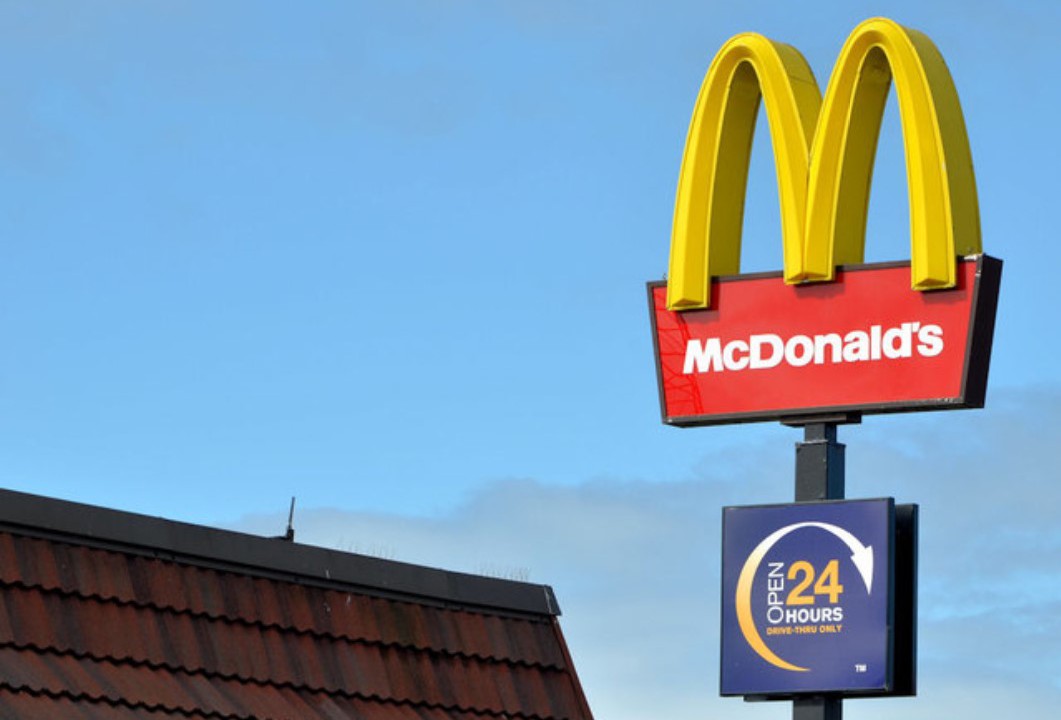Brits are buying more takeaways than they did before lockdown, with latest figures showing a 2% rise in orders compared to March.
After a fall in sales at the start of lockdown due to fewer collections and the closure of drive-thrus, the takeaway market has returned to growth for the first time in four months.
According to Kantar, takeaway orders even exceeded the pre-Covid high during the first two weeks of July, with consumers generally returning to their pre-lockdown eating habits.
This has been largely driven by collected and drive-thru orders, which account for most takeaways. However, Britain’s delivery orders are now more than double what they were in the four weeks to March 22.
According to AHDB, the reopening of large chains such as McDonald’s, Greggs and KFC have played a key role in the latest figures – accounting for 58% of orders prior to lockdown.
And the latest research shows that the wider choice in fast food chains has benefited all sectors, with big gains for the red meat sector, potatoes and dairy.
AHDB retail insight manager Rebecca Gladman said: “The absence of fast-food brands at the start of lockdown hit the potato and beef sectors hard, with takeaway (collected/delivered) volumes in the first 12 weeks of lockdown down 35% and 22% respectively.
However, the reopening of most fast food brands has brought good news for all sectors with volumes rising at pace, without negatively impacting lamb and cheese – the only two sectors to benefit from the limited takeaway options at the start of lockdown.
According to AHDB estimates, lamb volumes are up 89% in the 20 weeks to July 12, with kebabs being key to the impressive growth. Pizza has accounted for most of the growth in cheese volumes – up 83% during the 20-week period.
Pork has returned to year-on-year growth, with increases coming from a variety of sources such as Chinese takeaways and ham and pepperoni pizza. And a 9% growth in beef volumes has been helped by burger sales, with AHDB estimating Big Macs alone accounted for 24% of growth during the 20 weeks.
Despite fish and chip shops having a bigger share of the market under lockdown, potato volumes fell due to the absence of big brands.
However, June and July have delivered a better performance for the potatoes sector, but not enough to offset those early losses.
Gladman added: “These trends show the extent to which the market is driven by outlets and suppliers, particularly the big brands. Their importance for this market cannot be underestimated.
With choice now broadening and largely back to where it was prior to lockdown, consumers have generally returned to their pre-Covid habits when it comes to takeaway.
“The patterns of what we eat and where we eat have been significantly impacted by Covid-19. The Eat Out to Help Out Scheme will bring further shifts to anticipated consumption patterns, but with dine-in footfall below pre-Covid levels as we began August and takeaways proving to be a safe option for many, it’s likely the takeaway market will remain buoyant for some time.”

